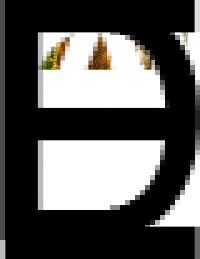Ceratonova shasta: a cnidarian parasite of annelids and salmonids
- PMID: 36081219
- PMCID: PMC11010528
- DOI: 10.1017/S0031182022001275
Ceratonova shasta: a cnidarian parasite of annelids and salmonids
Abstract
The myxozoan Ceratonova shasta was described from hatchery rainbow trout over 70 years ago. The parasite continues to cause severe disease in salmon and trout, and is recognized as a barrier to salmon recovery in some rivers. This review incorporates changes in our knowledge of the parasite's life cycle, taxonomy and biology and examines how this information has expanded our understanding of the interactions between C. shasta and its salmonid and annelid hosts, and how overarching environmental factors affect this host–parasite system. Development of molecular diagnostic techniques has allowed discrimination of differences in parasite genotypes, which have differing host affinities, and enabled the measurement of the spatio-temporal abundance of these different genotypes. Establishment of the C. shasta life cycle in the laboratory has enabled studies on host–parasite interactions and the availability of transcriptomic data has informed our understanding of parasite virulence factors and host defences. Together, these advances have informed the development of models and management actions to mitigate disease.
Keywords: Actinospore; Myxozoa; disease; enteronecrosis; environmental factors; epidemiology; fish immunity; intra-specific parasite diversity; management; monitoring; myxospore.
Conflict of interest statement
All authors contributed to the writing and editing of this review article. J. B. provided historical background, reviewed infection and development in the fish host and detailed host responses. J. A. reviewed infection and development in the annelid host, and annelid host and ecological factors affecting disease. S. H. summarized monitoring, management and control. G. A. B. reviewed parasite virulence factors and provided Fig. 4 and S. A. reviewed parasite genotypes, venom-like compounds and provided all other figures.
None.
Figures







References
-
- Alama-Bermejo G, Meyer E, Atkinson SD, Holzer AS, Wiśniewska MM, Kolísko M and Bartholomew JL (2020) Transcriptome-wide comparisons and virulence gene polymorphisms of host-associated genotypes of the cnidarian parasite Ceratonova shasta in Salmonids. Genome Biology and Evolution 12, 1258–1276. - PMC - PubMed
-
- Alama-Bermejo G, Bartošová-Sojková P, Atkinson SD, Holzer AS and Bartholomew JL (2022) Proteases as therapeutic targets against the parasitic cnidarian Ceratonova shasta: characterization of molecules key to parasite virulence in salmonid hosts. Frontiers in Cellular and Infection Microbiology 11, 804864. - PMC - PubMed
-
- Alcorn SW, Murra AL and Pascho RJ (2002) Effects of rearing temperature on immune functions in sockeye salmon (Oncorhynchus nerka). Fish and Shellfish Immunology 12, 303–334. - PubMed
Publication types
MeSH terms
LinkOut - more resources
Full Text Sources

